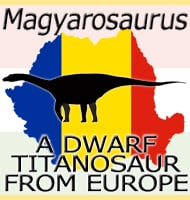Andesaurus
In Depth Named after the Andes Mountains, Andesaurus was a titanosaurian sauropod dinosaur from South America, but one known from only incomplete remains. This makes it hard to be certain about such things as a total size or even a preferred diet beyond just general plants. The vertebrae of Andesaurus though suggest that the genus … Read more
